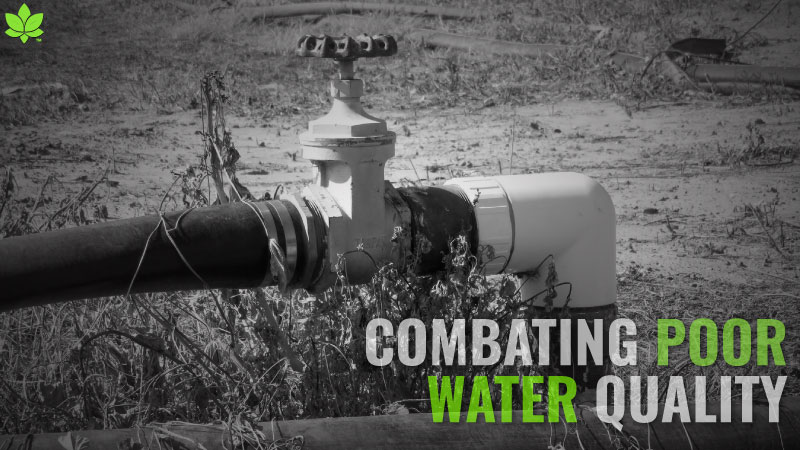Innovative Water Management Practices Unanswered Questions
Q: Are the walnut trees mycorrhizal?
Craig McNamara: Mycorrhizal fungi occur naturally in most soils and have been reported to exist with walnut roots but these fungi may be of questionable importance with the intensive cultural practices employed in fertile soils in California.
Q: How do you keep drip lines clean on an organic farm?
McNamara: We flush the drip lines 3 times a year with water: spring summer fall. In addition during the winter months we run the line 2-3 hours every 8-10 days to prevent clogging with root.
Q: Are you using an irrigation management system, to manage soil moisture and efficiently use water resources?
McNamara: We use a soil moisture data logger with a graphic display model AM 400 by Hansen. We install one of these units per 40 acres to give us an understanding of our water use.
Colby Eierman: Not beyond what we are doing in-house. This includes having weather stations at all of our estate ranches and tracking irrigations on a block by block basis. We maintain files on the number and type of drip emitters that are in each block and the hours that block is run.
Q: Being a biodynamic producer, do you apply any synthetics fertilizer and pesticide?
Eierman: Everything we use is derived from a natural source. Here is a quote from the Demeter USA website. "Biodynamic(r) farming is free of synthetic pesticides and fertilizers in the same manner as certified organic farming. In order to qualify for Demeter Biodynamic(r) status a farm must first meet the same 3-year transition requirement that NOP certified organic farming requires."
Q: What is the treatment you used to treat the water in your first pond?
Eierman: The aerators are on a timer and run nightly for around 8 hours. The dissolved oxygen and pH levels are monitored daily. If the D.O. levels drop below 2mg/l we turn the aerators on and may increase the schedule. There is also an Oloid mixer that generally runs 24/7. pH is generally not an issue here and if it does goes creep above 9, it usually comes down with that night’s cycle of aeration. You could think of the whole system very much like a composting process, where organisms are breaking down material. In this case, both aerobic and anaerobic organisms are breaking down the carbon chain pollutants that remain in the filtered water.









